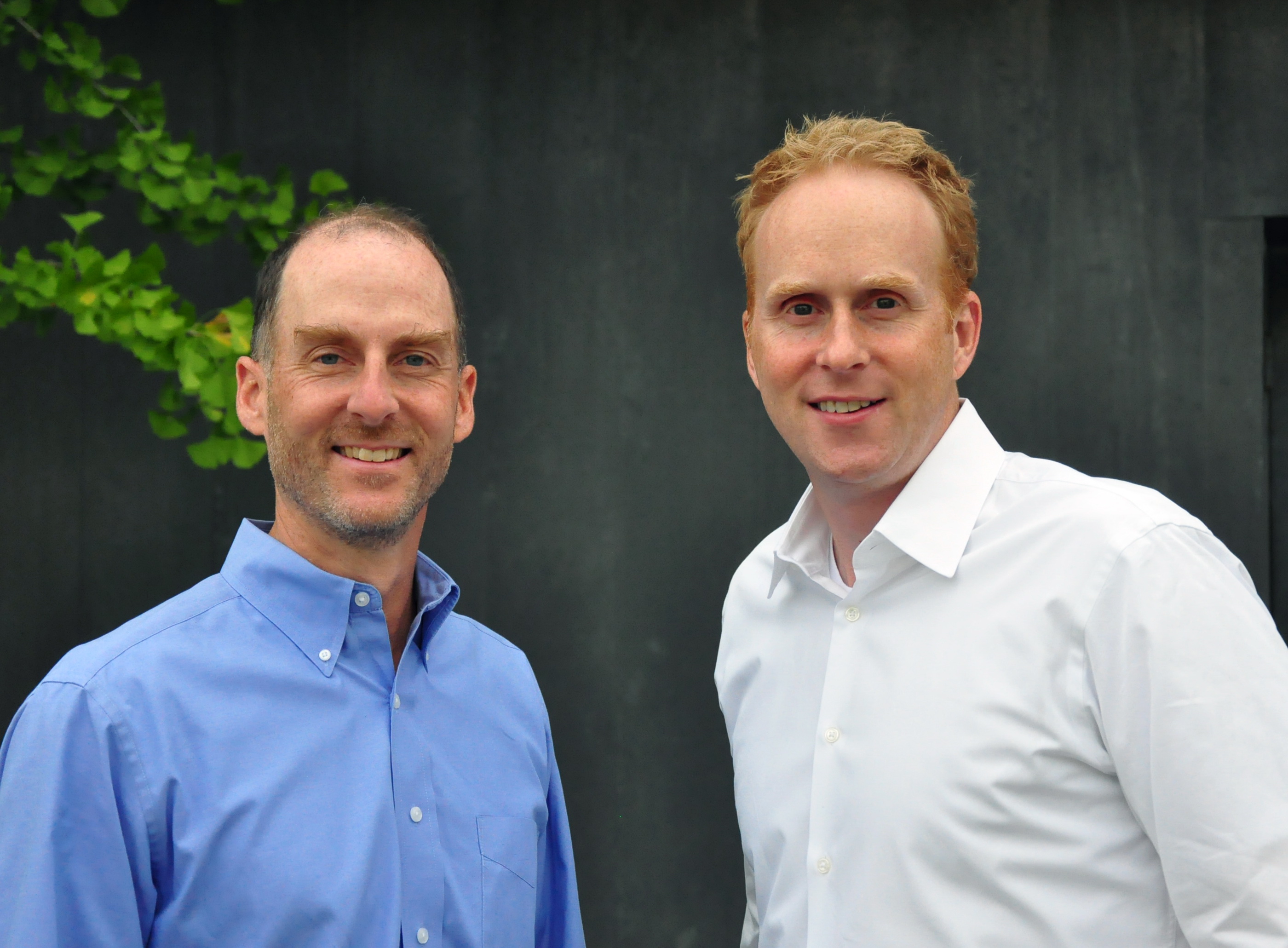Sasaki Associates has acquired Concord, Mass.-based planning and design firm Sgarzi Associates. Founded in 2003 by Chris Sgarzi, Sgarzi Associates has developed a strong reputation for their programming, planning, and design of sports, recreation, and student life facilities throughout the Northeast. Sgarzi’s expertise and existing client relationships will further enhance Sasaki’s nationally-recognized sports design practice. He will serve as a principal at Sasaki and will work with firm leaders in both its Boston and San Francisco offices.
Sasaki has also added Stephen Sefton to the sports design studio as senior associate. Stephen joins the firm most recently from Ellerbe Becket / AECOM where he served as a senior sports designer in their San Francisco office. He brings to the Sasaki team over 16 years of dedicated experience in the design of sports facilities, including a focus in large-scale spectator buildings such as stadia and arenas.
The merger with Sasaki offers Sgarzi Associates’ clients access to a greater depth of resources and a wide range of collaborative, interdisciplinary services—although they will still experience the same commitment to service, innovation, and excellence in design to which they are accustomed. “I enjoy getting to know my clients and learning about their unique campus cultures and traditions,” says Sgarzi. “Helping them achieve and exceed their aspirations for their built environment is very rewarding. As part of Sasaki, I can offer them the benefits of comprehensive services and a truly collaborative approach to institutional sports planning and design.”
The acquisition also signifies a homecoming for Sgarzi. Prior to founding his own firm, Sgarzi was a senior associate and associate director of Sasaki’s sports design studio. While Sasaki and its sports practice have progressed considerably in the interim decade, the firm’s dedication to collaboration and delivering context-specific solutions to their client’s unique problems has remained constant.
A selected list of the studio’s current and recent projects include a new field house at Middlebury College, the expansion and renovation of the Sally Blair Ames Sports Complex at Stonehill College, a new athletic center and student life facility at the College of the Holy Cross, the Harold Alfond Athletics Complex at the University of New England, a study for a track and lacrosse facility at the University of Michigan, a new Student Recreation Facility at Arizona State University in Tempe, and the Welcome Center and Ice Arena at Plymouth State Universityin New Hampshire. BD+C
Related Stories
Cultural Facilities | Feb 25, 2015
Edmonton considering 'freezeway' to embrace winter
If the new Edmonton Freezeway is constructed, residents will have an 11-km course that winds through the city and allows them to skate to work, school, and other city activities.
Building Team | Feb 24, 2015
Call for entries: 2015 Giants 300 survey
The annual Giants 300 Report ranks the top AEC firms in commercial construction, by revenue.
Industrial Facilities | Feb 24, 2015
Starchitecture meets agriculture: OMA unveils design for Kentucky community farming facility
The $460 million Food Port project will define a new model for the relationship between consumer and producer.
University Buildings | Feb 23, 2015
Future-proofing educational institutions: 5 trends to consider
In response to rapidly changing conditions in K-12 and higher education, institutions and school districts should consider these five trends to ensure a productive, educated future.
Office Buildings | Feb 23, 2015
The importance of quiet and the consequences of distraction
Recent work style studies show that the average knowledge worker spends 25-35% of their time doing heads-down focused work. Once thrown off track, it can take some 23 minutes for a worker to return to the original task.
Modular Building | Feb 23, 2015
Edge construction: The future of modular
Can innovative project delivery methods, namely modular construction, bring down costs and offer a solution for housing in urban markets? FXFOWLE’s David Wallance discusses the possibilities for modular.
| Feb 23, 2015
6 trends changing the way city dwellers live
Across the cultural grid, from food to retail to transportation, America's urban areas are already undergoing a major metamorphosis. Here are the six major trends shaping our cities, from Fast Company.
Green | Feb 23, 2015
State of the green union, and the next big shift in sustainability
The history of the green movement offers cues that we are on the precipice of another significant shift in the green union.
| Feb 23, 2015
Where are the iconic green buildings?
What does a green building look like? How would you know one if you saw one? Maybe a trivial question to some, but of great interest to architects, designers, and other members of the Building Team as the rapid evolution of sustainable buildings continues apace.
Sports and Recreational Facilities | Feb 21, 2015
Pumped-up recreation centers help build body, mind, and spirit
Adopting facility layouts from Asian and European models, today’s sports and recreational buildings are becoming social hubs that accommodate a variety of community needs.















